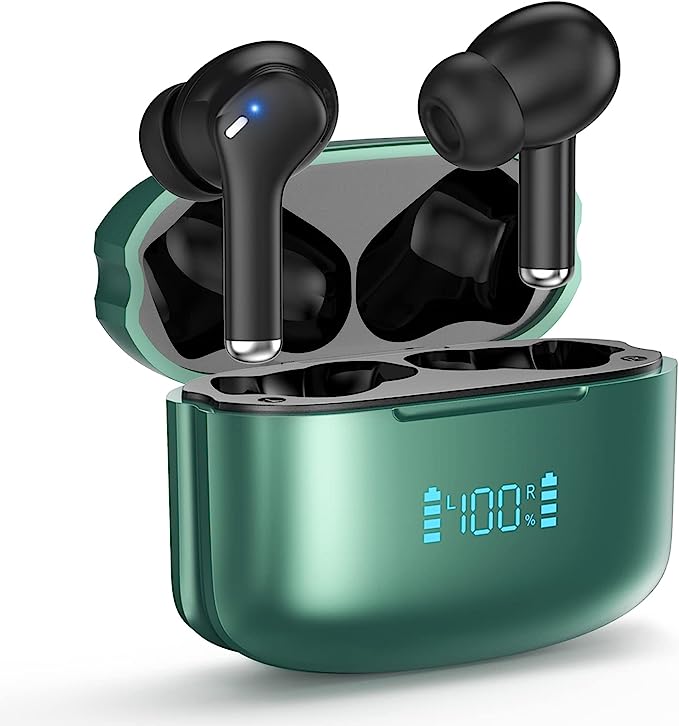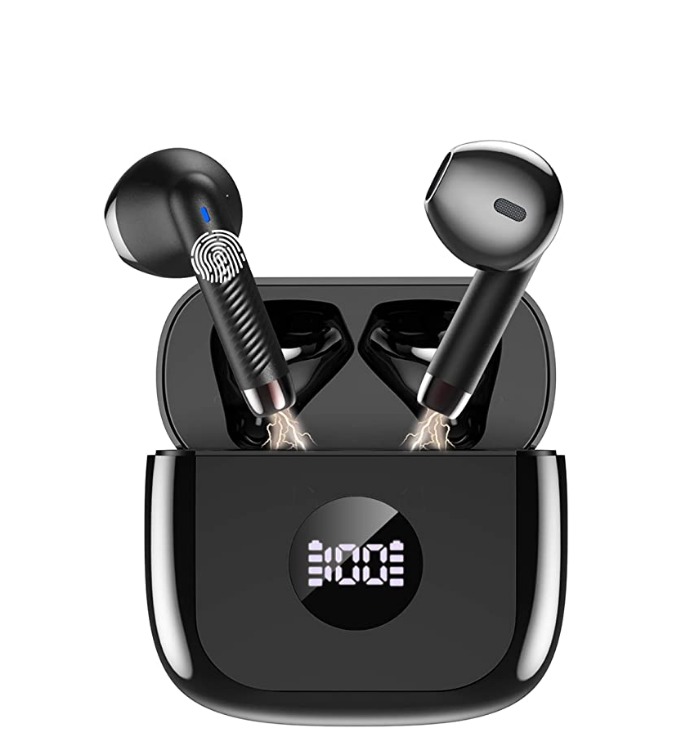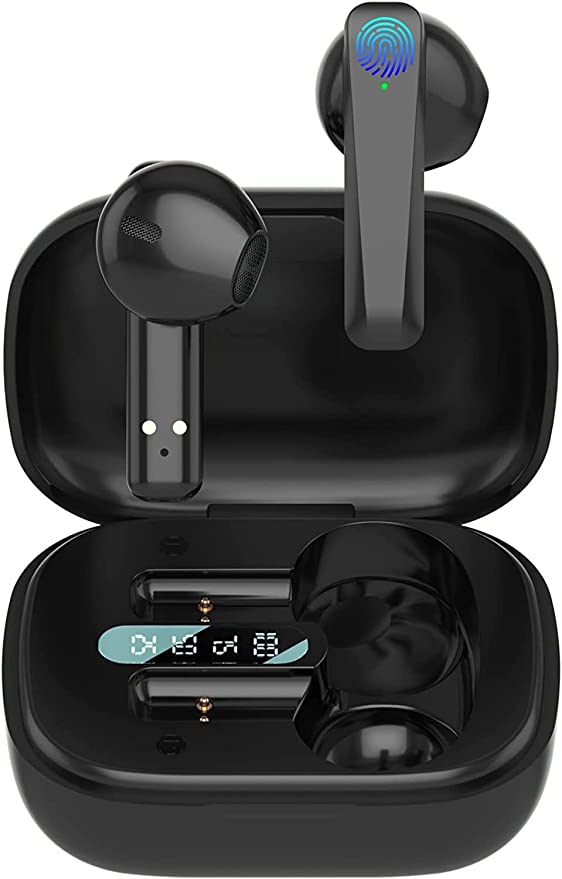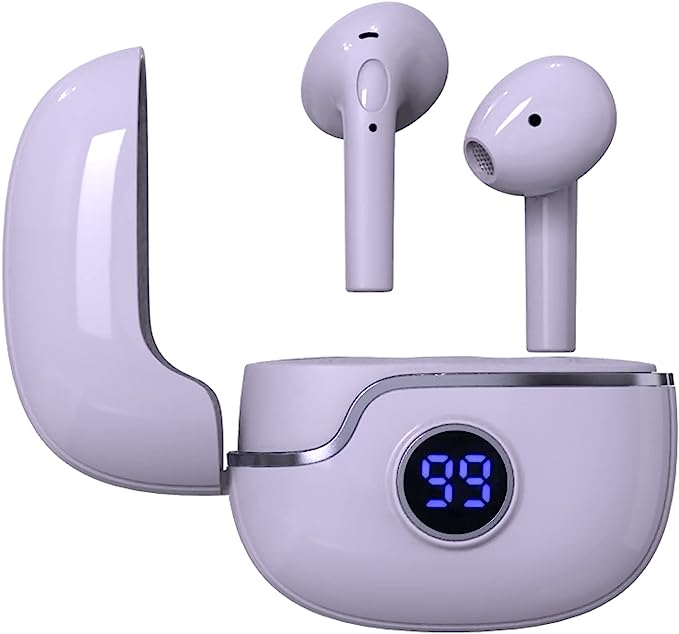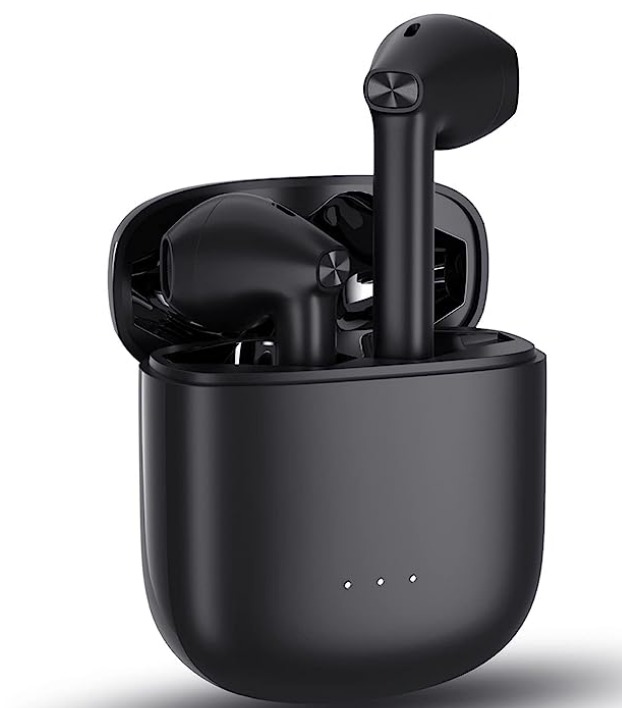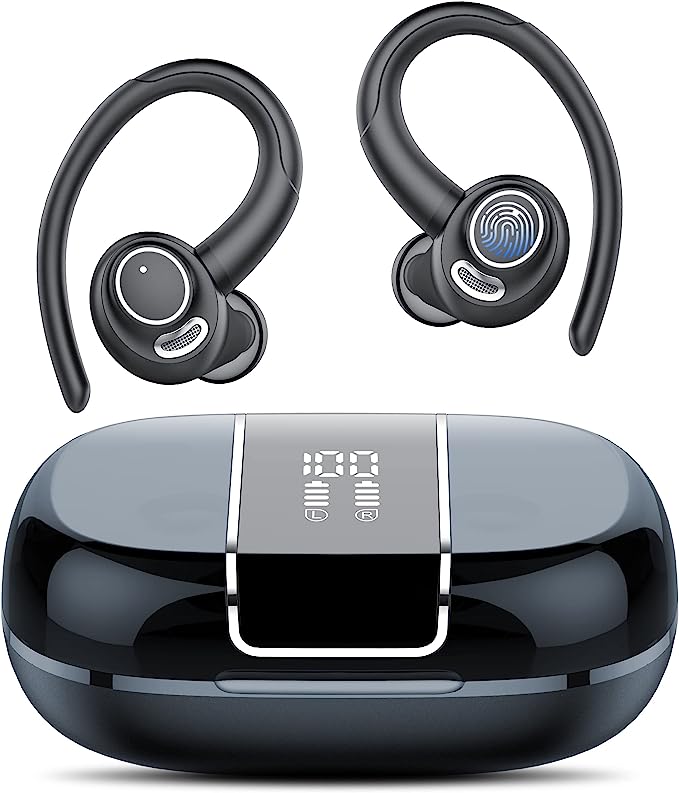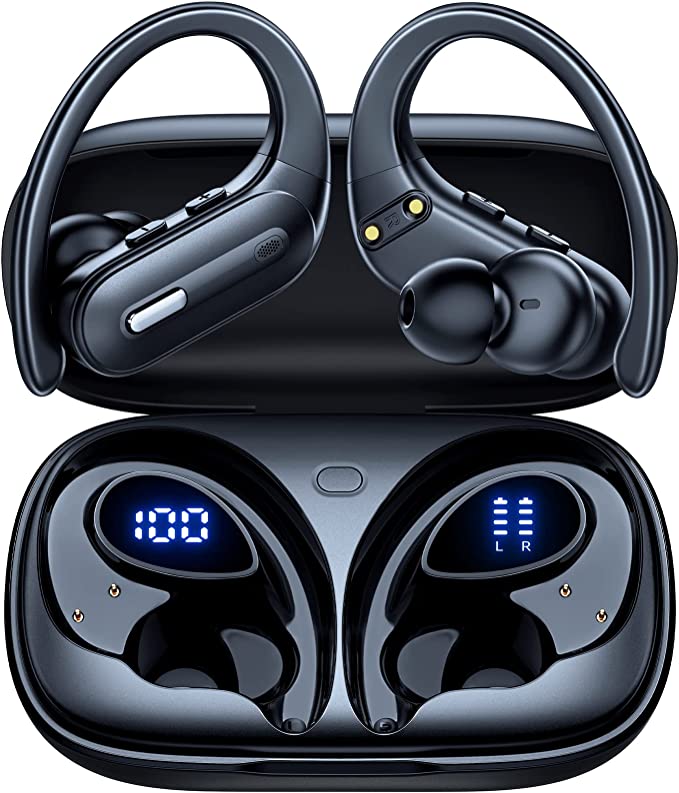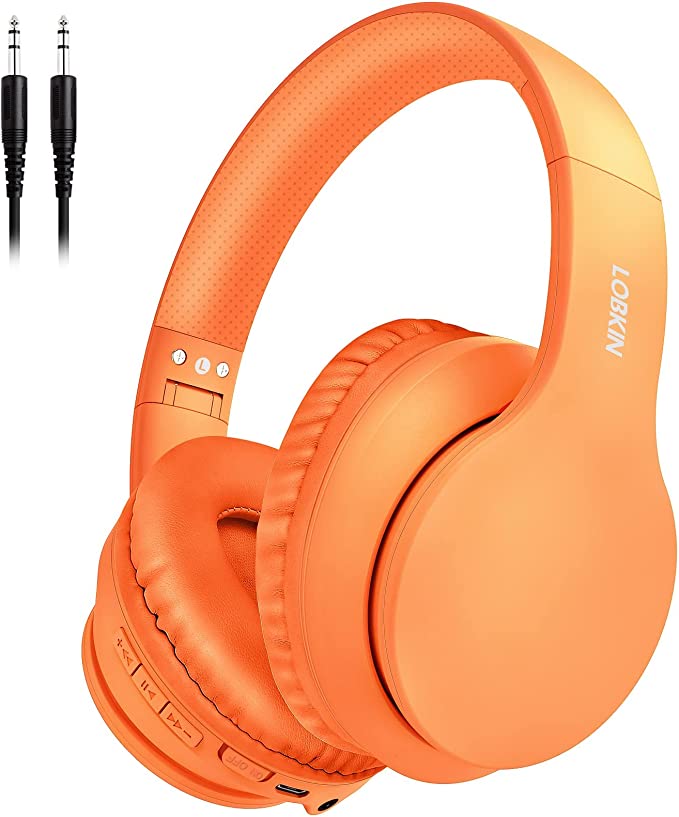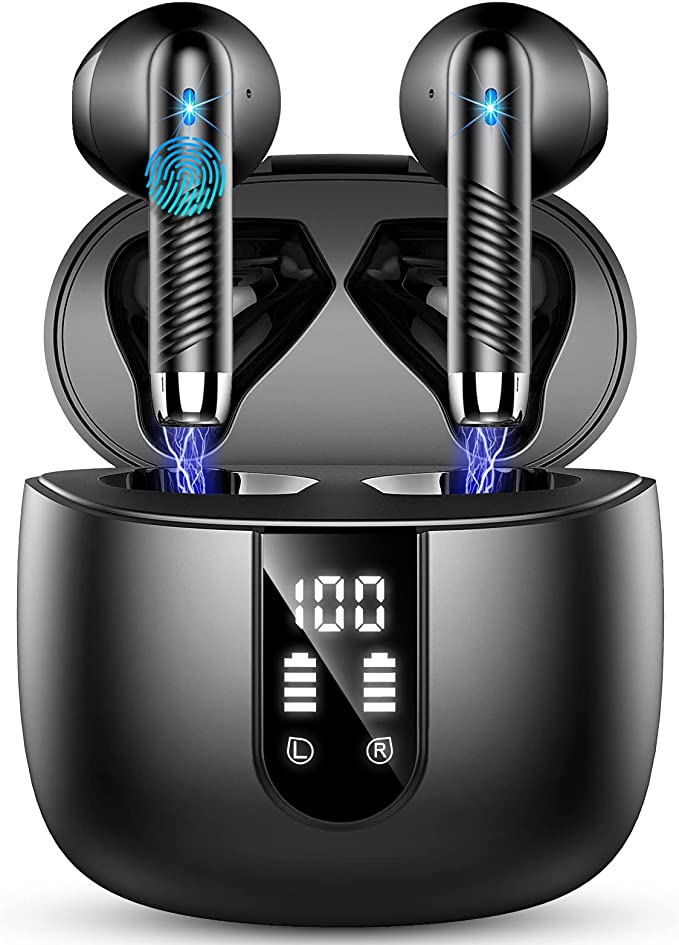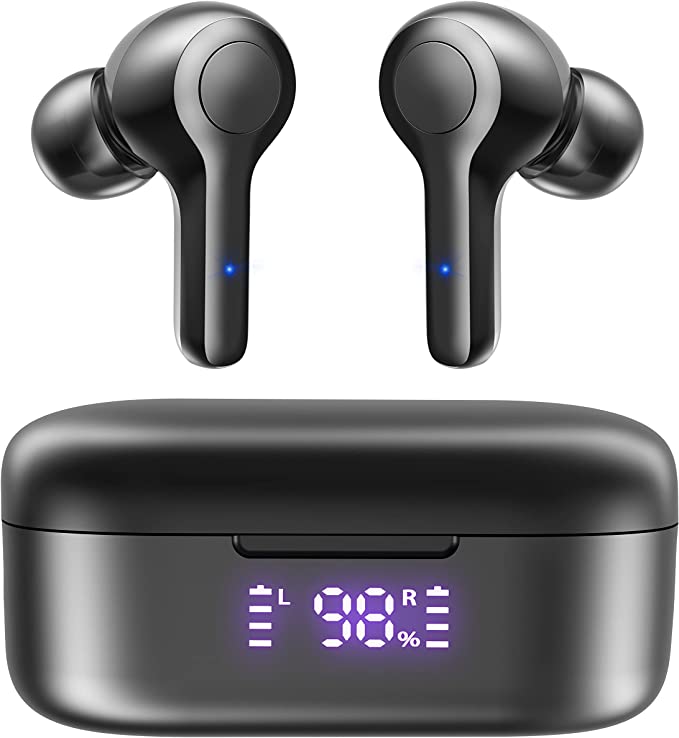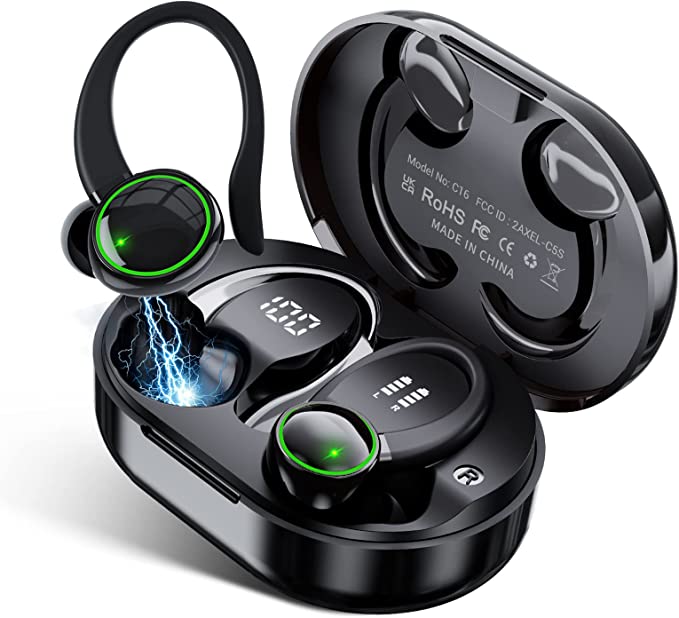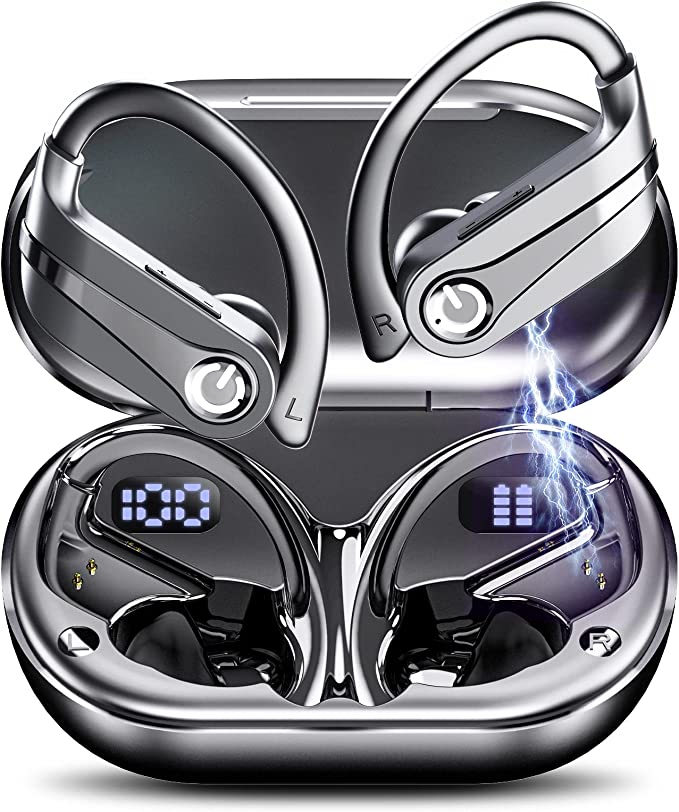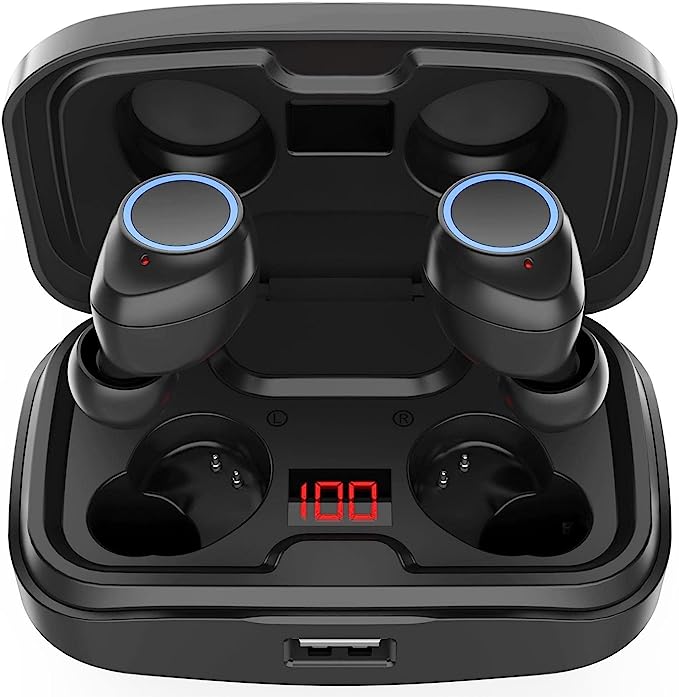Arrow Dancer AD X15 Earbuds: Unpacking the Science Behind Bluetooth 5.3 and 36-Hour Playtime
Update on April 26, 2025, 3:37 a.m.
Remember the ritual? The careful untangling of headphone cords, that daily battle against knots seemingly conjured by pocket-dwelling gremlins. It feels like a relic from a bygone era, doesn’t it? Today, we swim in a sea of wireless audio freedom. Tiny, independent earbuds nestle in our ears, piping music, podcasts, and calls directly into our lives, seemingly by magic. Devices like the Arrow Dancer AD X15 Earbuds represent this ubiquitous shift, promising features like Bluetooth 5.3, True Wireless Stereo (TWS) sound, and an impressive 36-hour playtime courtesy of a wireless charging case. But beneath the sleek plastic shell, what complex tapestry of science and engineering makes this seamless experience possible? Let’s pull back the curtain and explore the unseen symphony at play.

A Viking King’s Legacy: The Tangled Path to Wireless Sound
Before we dive into the specifics of today’s tech, it’s worth appreciating the journey. The name “Bluetooth” itself is a nod to Harald Bluetooth, a 10th-century Danish king famed for uniting warring Scandinavian tribes. The tech’s founders, seeking a unifying standard for short-range wireless communication in the late 1990s, chose his name as a fitting symbol.
Early Bluetooth was revolutionary, primarily enabling clunky hands-free headsets that freed our hands from phones but offered audio quality that was… functional, at best. It was a single, often crackly lane on the information highway. Over the years, Bluetooth has undergone a remarkable evolution, driven by our relentless demand for better sound, lower power consumption, and more stable connections. Each new version has added more lanes to that highway, paved it smoother, and managed traffic more efficiently. It’s a quiet evolution that has profoundly reshaped our relationship with personal audio.
The Modern Connection: What Bluetooth 5.3 Truly Delivers
The Arrow Dancer AD X15 highlights its use of Bluetooth 5.3. While version numbers can seem like arcane jargon, this iteration brings tangible benefits grounded in clever engineering, refining the foundation laid by its predecessors. Think of it less as a complete overhaul and more as a significant optimization, focusing on making the wireless experience smoother and more efficient.
What does this mean for you, the listener? Two key areas stand out:
- Rock-Solid Stability: Have you ever experienced your music stuttering or dropping out while walking through a crowded area or even just turning your head? Bluetooth 5.3 incorporates enhanced features to combat interference. Imagine multiple wireless devices shouting in a crowded room; Bluetooth 5.3 is better at filtering out the noise and focusing on the intended signal between your earbuds and your phone. It achieves this through smarter channel classification – essentially, it’s better at identifying and avoiding “busy” frequencies, leading to a more robust and reliable connection. This translates directly to less frustration and a more immersive listening experience.
- Sipping Power, Not Guzzling: Every sliver of energy counts in devices as small as earbuds. Bluetooth 5.3 is designed with improved power control mechanisms. It allows devices to spend more time in low-power “sleep” states and to transmit data more efficiently when active. This doesn’t magically double battery life on its own, but it contributes significantly to the overall power efficiency of the system, helping manufacturers stretch playback times. This efficiency is a cornerstone enabling the trend towards smaller devices with longer endurance.
Furthermore, Bluetooth 5.3 lays more groundwork for LE Audio (Low Energy Audio), a next-generation audio architecture promising further improvements in quality, latency, power consumption, and new capabilities like Auracast™ broadcast audio (allowing one source to broadcast to many listeners). While the AD X15’s specific implementation details aren’t provided in the source snippet, using the 5.3 standard potentially positions it to better support future advancements.

The Two-Step: Mastering the True Wireless Stereo Dance
The very concept of True Wireless Stereo (TWS) – having two completely independent left and right earbuds with no connecting wire – is a marvel of modern engineering. It seems simple, but getting those two separate units to play audio perfectly synchronized is a surprisingly complex dance.
Think about it: your phone sends a single audio stream. This stream needs to reach both earbuds, and they need to play their respective channels (left or right) at precisely the same moment. Any significant delay between them results in an annoying echo or phase distortion. Early TWS systems often used one earbud as the primary receiver, which then relayed the signal to the secondary bud. Newer systems, often leveraging advancements in Bluetooth standards like those found in 5.x versions, allow for more direct connection paths to both earbuds from the source device. This generally improves stability and can reduce latency. Managing power consumption for two independent radios and processors, ensuring a stable connection between the buds themselves (if needed), and maintaining that split-second timing – it’s a constant balancing act performed by sophisticated chipsets and software within those tiny shells.

Fueling the Freedom: Unpacking the 36-Hour Playtime Promise
A headline feature like “36H Playtime” naturally grabs attention. But how is this achieved when the earbuds themselves are so small? The answer lies not just within the buds, but in their indispensable partner: the charging case.
This extended playtime figure almost universally represents a combined total. The earbuds themselves contain small lithium-ion batteries, perhaps offering 4, 6, or maybe 8 hours of continuous listening on a single charge (the exact per-charge life for the AD X15 isn’t specified in the provided data). The charging case, however, holds a significantly larger lithium-ion battery.
Think of the case as a portable power bank, an energy backpack specifically tailored for your earbuds. When you place the buds back into the case, they automatically begin recharging from the case’s internal battery. The case might hold enough energy to fully recharge the earbuds three, four, or even five times over. So, that “36 hours” is the sum of the initial earbud charge plus the multiple recharges provided by a fully charged case.
The science behind this lies in the remarkable energy density of lithium-ion batteries. These chemical powerhouses pack a lot of electrical energy into a small, lightweight package, making them ideal for portable electronics. They work by shuffling lithium ions between two electrodes (an anode and a cathode) through a separating electrolyte. Discharging (powering your earbuds) involves ions moving one way; charging involves pushing them back. While their capacity inevitably degrades over hundreds of charge cycles, they remain the dominant choice for balancing performance and size.
The AD X15’s mention of a Wireless Charging Case adds another layer of convenience. This likely utilizes the Qi (pronounced “chee”) standard, employing electromagnetic induction. Coils in the charging pad create a magnetic field, which induces an electrical current in compatible coils within the earbud case, charging its battery without needing a cable. And the Digital LED Display serves a crucial practical purpose: it visually communicates the case’s remaining battery level, preventing the unwelcome surprise of finding both your buds and their lifeline depleted.

Fingertips and Forecasts: Interaction and Environmental Resistance
How do you control music playback or answer calls without physical buttons? The AD X15 features Touch Control, likely relying on capacitive sensing. Your body is naturally conductive. The surface of the earbud holds a tiny electrical charge. When your fingertip approaches or touches it, it changes the capacitance (the ability to store that charge) at that specific point. Sophisticated circuitry detects this change and translates it into a command – a tap for play/pause, a swipe for volume, perhaps. It’s an elegant, button-free interface that relies on basic electrical principles.
Now, let’s address the claim of “Waterproof.” This single word can be misleading. In the world of electronics, resistance to water and dust is precisely defined by the Ingress Protection (IP) rating system. This standard consists of two numbers (e.g., IP67). The first digit indicates protection against solids (like dust), and the second digit indicates protection against liquids.
For water resistance, the second digit (often denoted as IPX when dust protection isn’t rated) is crucial: * IPX4: Protects against splashing water from any direction (good for sweat and light rain). * IPX5: Protects against low-pressure water jets. * IPX6: Protects against high-pressure water jets. * IPX7: Allows temporary immersion in water up to 1 meter for 30 minutes. * IPX8: Allows continuous immersion under conditions specified by the manufacturer.
The provided information for the Arrow Dancer AD X15 does not specify an IP rating. Therefore, while claimed to be “Waterproof,” we cannot know its actual level of protection based on this data. Is it merely sweat-resistant (likely IPX4), or can it survive an accidental drop into a puddle (requiring IPX7)? Without the standardized rating, the term “Waterproof” remains ambiguous. For users needing reliable water resistance – perhaps for intense workouts or outdoor adventures – always look for and verify the specific IP rating provided by the manufacturer. It’s the difference between peace of mind and potential disappointment.
The Miniature Marvel: A Symphony of Integration
What truly impresses about modern TWS earbuds like the AD X15 is the sheer density of technology packed into such a minuscule form factor. We have sophisticated wireless communication protocols (Bluetooth 5.3), intricate multi-device synchronization (TWS), efficient power storage and management (Lithium-ion batteries, charging cases, potentially wireless charging), intuitive user interfaces (touch controls), audio processing hardware, microphones, and speakers – all coexisting and collaborating within a space barely larger than a fingertip. It’s a testament to decades of progress in semiconductor miniaturization, materials science, and clever engineering design. We often take this integration for granted, but achieving this level of performance and functionality in such a compact package is a continuous feat.

Conclusion: Tuning In to Understanding
Our journey through the science embedded in devices like the Arrow Dancer AD X15 reveals that even everyday gadgets are built upon layers of fascinating technological principles. From the long evolution of Bluetooth to the chemical dance within batteries and the precise standards governing water resistance, understanding these fundamentals does more than satisfy curiosity. It empowers us. It allows us to look beyond marketing buzzwords, appreciate the ingenuity involved, and make more informed choices about the technology that shapes our daily soundscape. So, the next time you pop in your wireless earbuds and the world melts away into music, take a moment to appreciate the unseen symphony of science making that seamless, untethered experience possible. The future of personal audio promises even more integration and capability, and understanding the present is the best way to listen for what’s next.
